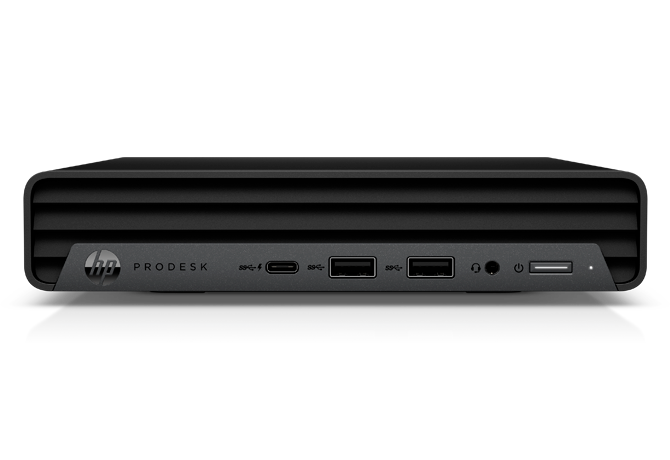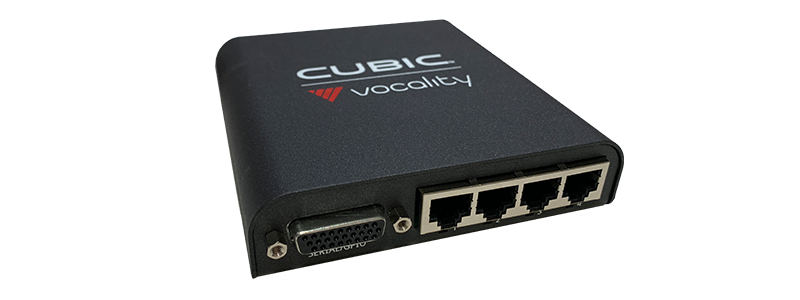But what if I need both?
 In my previous post, I discussed the pros and cons of WAVE PTX and MOTOTRBO. I intentionally only focused on these as they would be the two products portfolios my readership work with the most.
In my previous post, I discussed the pros and cons of WAVE PTX and MOTOTRBO. I intentionally only focused on these as they would be the two products portfolios my readership work with the most.While each technology has its pros and cons, there are situations where a customer may decide to use both. Here are some (real world) examples:
- An office based Civil Engineer, working on a large construction project, occasionally needs to speak with workers in the field, who use two way radios.
- An Exhibition Centre has a radio system which is used by their own staff. They often host a major event and personnel from the Event Organiser will arrive on site and need to occasionally communicate with the Exhibition Centre staff during the event and the weeks leading up to it.
- An online shopping company has a radio system in their distribution centre and they use WAVE PTX for communications to the delivery vehicles which travel throughout the region. Some personnel (who are also radio users) need to communicate with delivery drivers. Managers also need to sometimes communicate with both.
- As the result of a merger, a facilities management company wants to eventually migrate to WAVE PTX yet has many sites still using MOTOTRBO. They want to avoid the cost and hassle with a full-blown hardware swapout.
In all the above cases, a WAVE Radio Gateway is being used to unify the WAVE PTX and MOTOTRBO systems.
The WAVE Radio Gateway is unique in that it supports 100% IP connectivity between the WAVE PTX cloud and radio network with no need for donor radios. This means that many non-voice features work across the two technologies, including things like private call and emergency.
WAVE PTX also supports Astro (P25) but I don't know enough about this to say anything useful.
The WAVE Radio Gateway

For systems which need connectivity between the WAVE PTX network and MOTOTRBO, there are two WAVE Radio Gateway models to choose from:
- WAVE (single tenant) Radio Gateway which is suitable for small MOTOTRBO trunked systems. This is sold as a fully functional appliance that a dealer can set up themselves.
- WAVE Multi Tenant Radio Gateway which is suitable for larger systems. This is sold as a software service that is deployed and configured on a customer's server (remotely) by Motorola Solutions. This gateway also support Dimetra Express.
The WAVE Radio Gateway performs a number of tasks, which include, transcoding between OPUS and AMBE+2 as well as translating talkgroup and radio/WAVE numbers between the two systems.
For the Multi Tenant Radio Gateway, the customer will need to scale the hardware to suit the expected traffic on the system. Motorola Solutions has a list of reccomended server hardware - you dont have to use the models listed
100% IP
The connection between the radio system and WAVE PTX is all-IP which means that the following features work across both networks:
- Private call LMR-WAVE
- Private Call WAVE-LMR
- Clear Group call LMR-WAVE
- Clear Group call WAVE-LMR
- Emergency Alert WAVE Originated (Capacity Max only)
- Emergency Call WAVE Originated
- Emergency Call LMR Originated
- Talker Identity (PTT ID)
- Secure Group Call
- Status Reporting
- Connectivity Alarm
- Group/Regroup Call (Dimetra Express only)
- Prefix/Suffix (Dimetra Express only)
There are other PoC solutions out there but these only support voice on a single talkgroup.
Talkpaths
The WAVE Multi Tenant Radio Gateway is available with a number of talkpath options. A talkpath is essentially a dynamically allocated voice connection between a WAVE PTX user/talkgroup and a MOTOTRBO radio user/talkgroup. The talkpath is not dedicated to any single user or talkgroup. Tha way to think about Talkpaths is to liken it to a traffic channel on a trunked system.
Or, to put this in another way, a WAVE Radio Gateway with 10 talkpaths will allow 10 simultaneous voice calls passing between the radio system and WAVE PTX.
A talkpath is not used/needed on WAVE-only or radio-only calls!
Analogue (and other vendor) Support
For situations where connectivity between analogue systems and WAVE PTX is needed, the Vocality ROIP from Cubic can be used. This unit is capable of supporting up to 12 donor radios.
A donor radio is required to connect into the on-site analogue system. You can purchase an interface cable from Cubic or make one yourself.
The above device is available from Cubic themselves.







Leave a Comment